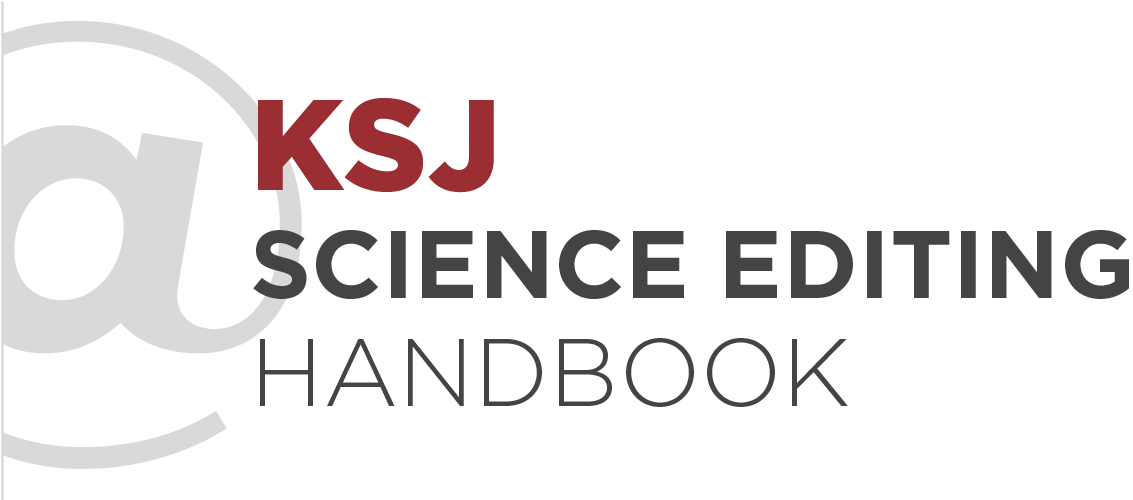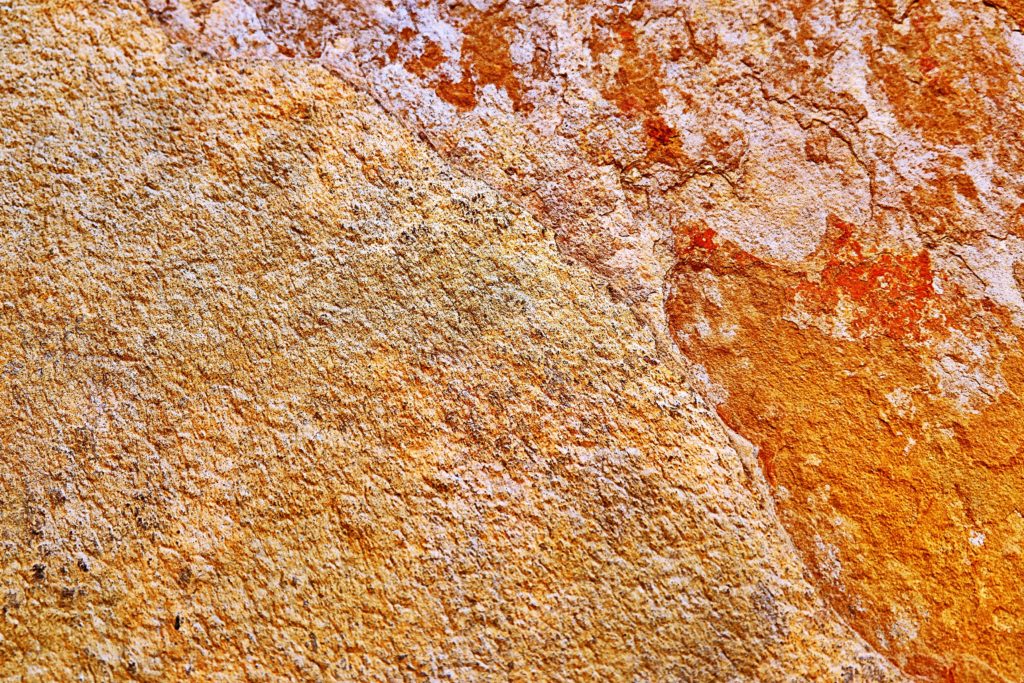Viewing: Additional Reading and Resources
- Introduction
- How Science Works
- Sources and Experts: Where to Find Them and How to Vet Them
- Making Sense of Science Stats
- Editing for Story
- Editing Controversial Science
- Holding Science to Account
- Covering Health Care
- Climate and the Environment
- Fact-Checking Science Journalism: How to Make Sure Your Stories Are True
-
Illustrating Complex Science Stories
- Introduction
- The Role of Visuals in Science Journalism
- The Process of Building Science-Centric Graphics
- Strategies for Using Visuals to Put Breaking Science in Context
- Special Considerations for Data Visualization
- Uncertainty and Misinformation
- Editorial Illustration, Photography, and Moving Images
- Additional Reading and Resources
- About the Author
- Social Media and Reader Engagement
- Popular Science
- Misinformation
- Op-Eds and Essays
- About This Handbook
Additional Reading and Resources
Increasing diversity in the newsroom
- Writers of Color
- Diversity, Equity, and Inclusion Resources, The Open Notebook
Headline writing
- “The Power of the Headline,” Scientific American
- “More mice, fewer breakthroughs: How to avoid bad headlines on stories about health and medical research,” Nieman Lab
- “Journalists tend to understate — not exaggerate — scientific findings, study finds,” Poynter
Language and writing in popular science
- “Science Writing as a Literary Art: What Are the Challenges?” by Sara Talpos, Kenyon Review
- “What Science Journalism Taught Me About Writing Fiction,” by Sara Goudarzi, Lithub
- The Routledge Handbook of Language and Science
- “Responsible Use of Language in Scientific Writing and Science Communication,” by Christoph Kueffer and Brendon M.H. Larson, BioScience
- “Words matter: jargon alienates readers,” by Chris Woolston, Nature
- On Writing Well, by William Zinsser, Part III, Section 15.


